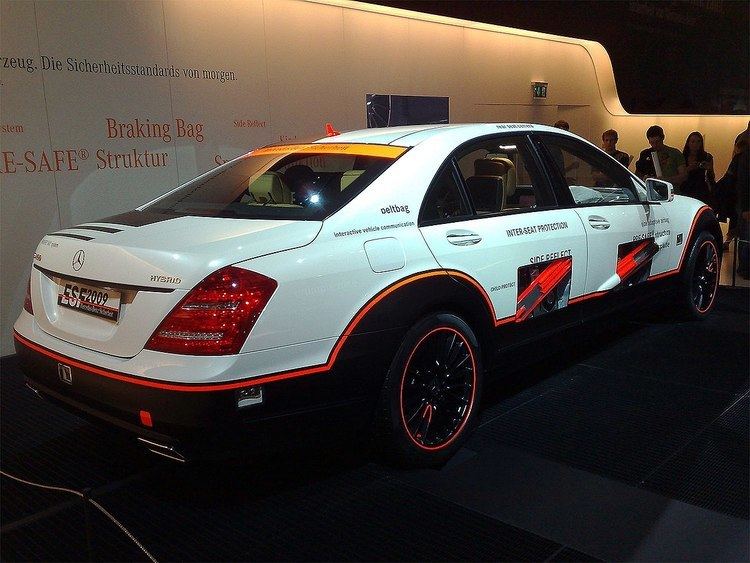 | ||
Experimental Safety Vehicle (ESV) is the designation for experimental concept cars which are used to test car safety ideas.
In 1973 the U.S. DOT announced its ESV project, the aim of which was to obtain safer vehicles by 1981. A car produced by this effort was known as the Minicar RSV.
In 1991, the ESV abbreviation was backronymed to Enhanced Safety of Vehicles.
Some ESVs
References
Experimental Safety Vehicle Wikipedia(Text) CC BY-SA
